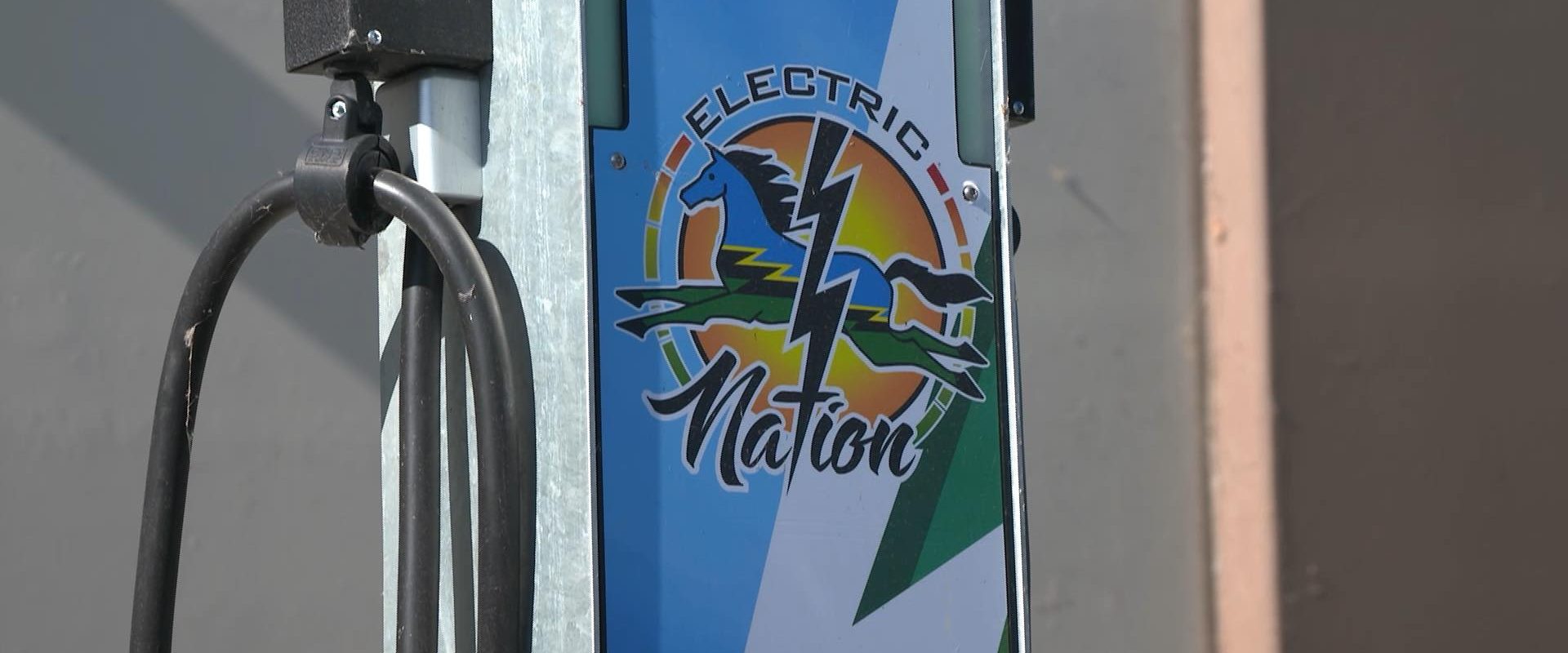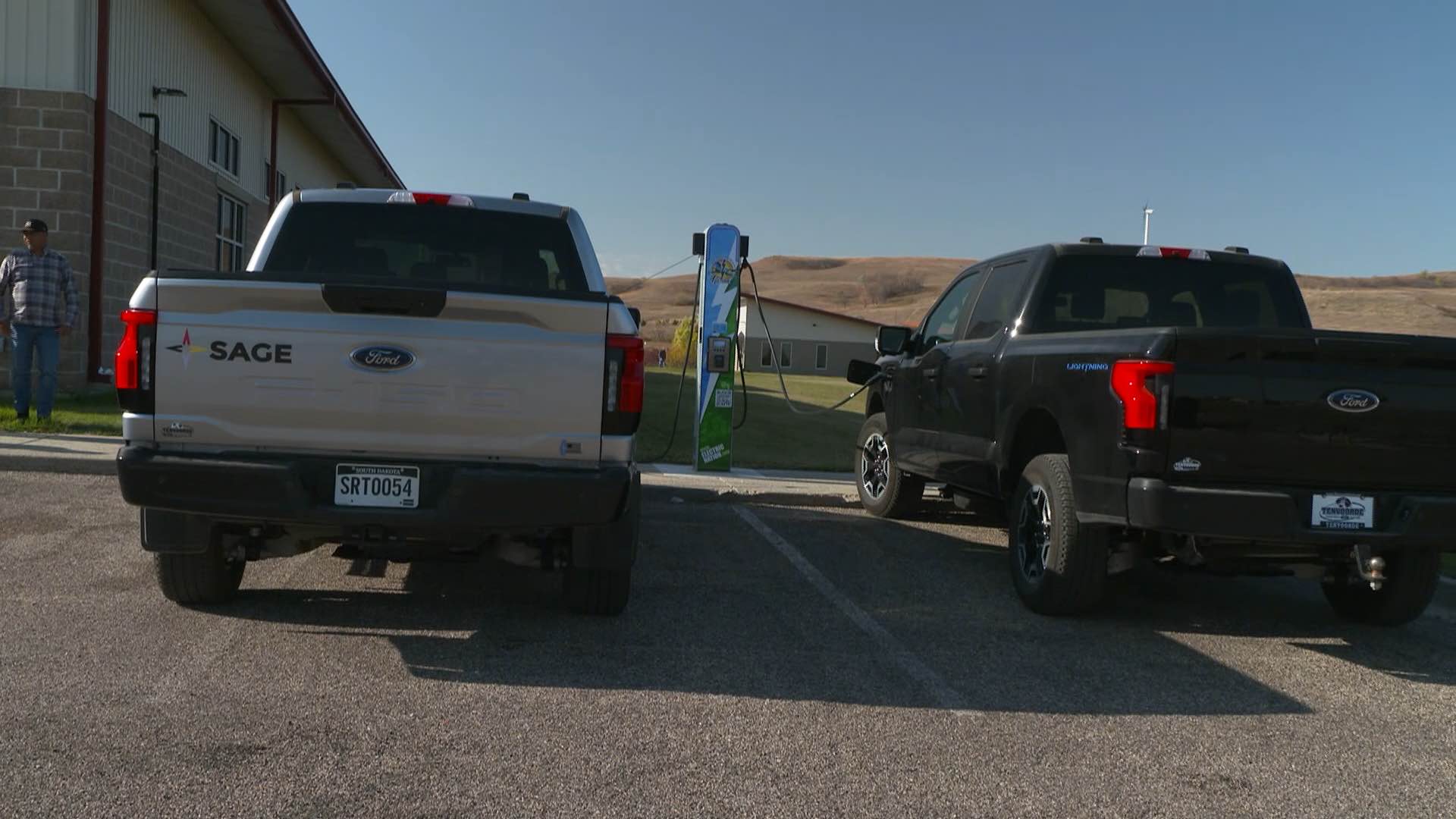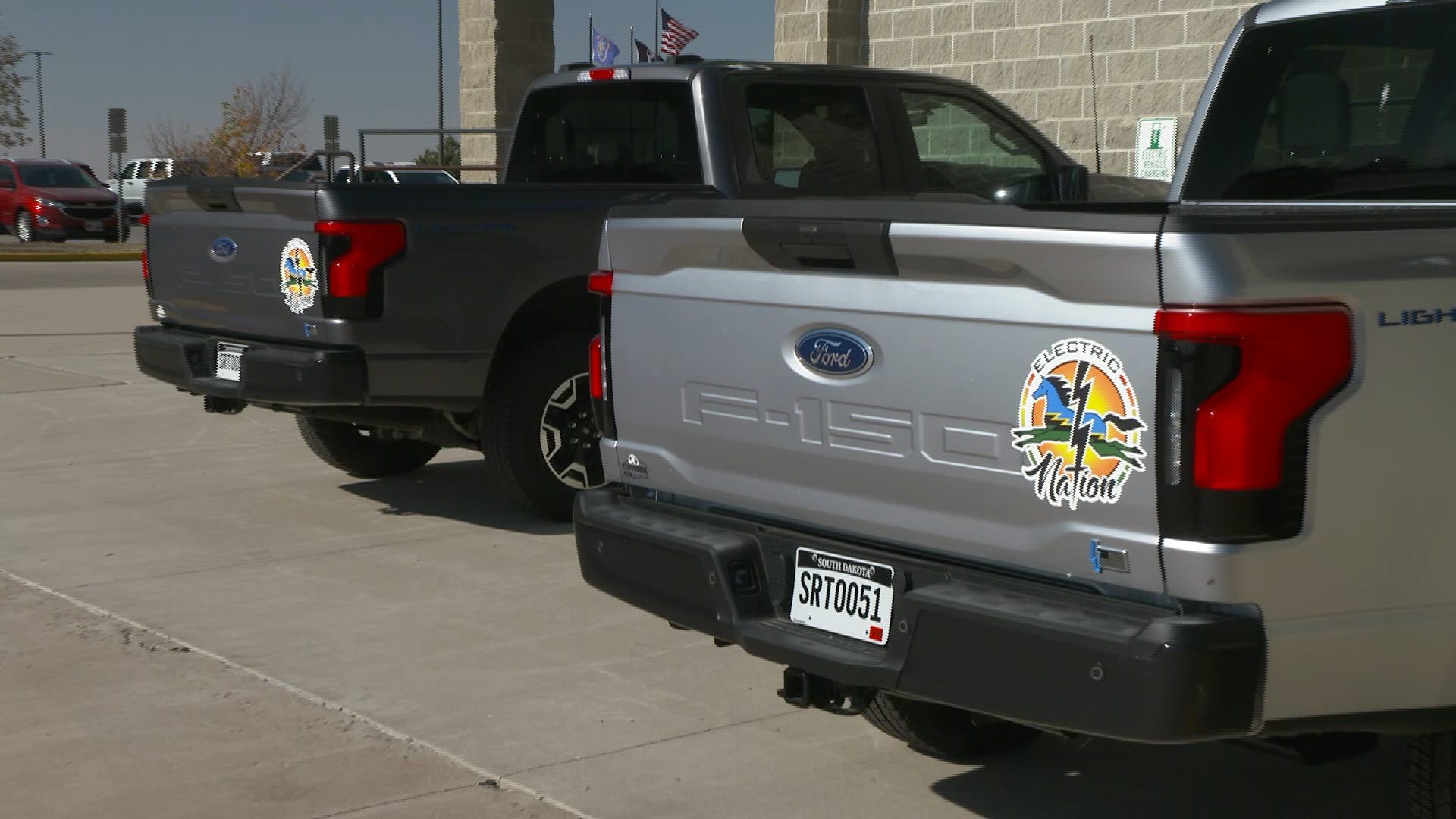Green Orchards
Many carmakers are pledging to go all-electric in the near future, so other forms of hard working machinery are starting to follow suit…including down on the farm where Green Acres is truly the place to be.
Although farm tractors and the jobs they do have become more sophisticated and high-tech over the years, the heavy chassis and engines under the hood haven't always kept pace with that progress and most still rely primarily on diesel fuel.
 Hummingbird EV is one company looking to upset that status quo apple cart. They’ve teamed up with the San Joaquin Valley Clean Cities Coalition, Project Clean Air, and others to place four prototype zero-emission electric tractors in service at one of the country’s largest fruit growers.
Hummingbird EV is one company looking to upset that status quo apple cart. They’ve teamed up with the San Joaquin Valley Clean Cities Coalition, Project Clean Air, and others to place four prototype zero-emission electric tractors in service at one of the country’s largest fruit growers.
These EV tractors are fitted with 120 peak kilowatt electric motors tied to Hummingbird controllers and software. With 25 kilowatt-hour battery packs and 65 horsepower, performance is equivalent to a gas or diesel tractor of the same size.
Moonlight companies, in Reedley, California, is an ideal test bed. They operate year-round, growing all varieties of citrus and stone fruits...from peaches, plums, and pomegranates.. to grapes, lemons, oranges and -- during our visit, lots and lots of mandarins -- and shipping them fresh to markets all over the globe.
This third-generation farm is committed to using environmentally-sound practices and investing in the latest technology. They even have a 2-megawatt on-site solar farm which powers much of their packing and cold-storage operations. So trying out these EV tractors for the past year was an easy call.
TY TAVLAN: We use approximately 80 small diesel-powered tractors during the harvest season to pull our fruit through the field. For this particular function, since it pulls fruit, and then it stops..then it pulls fruit again and then it stops, we can get approximately two days worth of work out of the tractor.
 What we really like about it is, it’s basically maintenance-free, it starts every time, and it works just fine.
What we really like about it is, it’s basically maintenance-free, it starts every time, and it works just fine.
JOHN DAVIS: The battery-electric tractors in this test are paired with an all-electric class 6 vehicle-to-vehicle charging truck, also designed by Hummingbird. It can provide up to 40 kilowatts of level 2 AC charging, enough to juice up two tractors simultaneously, eliminating time-consuming round-trips back to the charging station; a big advantage, especially during harvest. The truck itself has an 88 kilowatt-hour battery pack and 90 miles of range.
Hummingbird’s expertise is designing and scaling electric powertrains for medium duty applications like mining, utilities and food delivery. And they are challenging the notion that one size fits all down on the farm.
RAKESH KONERU: Every tractor has a certain demand in terms of the battery pack size and things like that..how long they use, how long they drive, so on and so forth, so where we’re unique is we’re trying to adapt where the commonality of parts come into play. So, when you try to scale it up, it’s easy to mix and match a production line with different scale of vehicles with the same system.
 JOHN DAVIS: Like any farm in America, economics comes into play here too. Drought conditions in California and elsewhere have forced growers to cultivate fewer acres to conserve water, meaning tighter crop density is the key to making ends meet. So tractors of the future may need to hug the ground to fit under closely-planted trees, or be extra skinny to drive between them.
JOHN DAVIS: Like any farm in America, economics comes into play here too. Drought conditions in California and elsewhere have forced growers to cultivate fewer acres to conserve water, meaning tighter crop density is the key to making ends meet. So tractors of the future may need to hug the ground to fit under closely-planted trees, or be extra skinny to drive between them.
RAKESH KONERU: The main idea for us was to showcase the capability of what an electrification can bring into farming, but at the same time we’re also exploring the idea of what it takes for the farmer to be ready for future farming.
And every farm has a different, unique, requirement. If you go to a vineyard, for example, their needs are completely different, so when we see the market expansion, we want to explore the idea of, let’s design a chassis from the ground level up, which is well thought out you know, which can stick on for the next generations.
JOHN DAVIS: This type of custom design is well-suited for the flexible packaging afforded by electric battery packs. So it looks the E-volution of modern farming in the near future may well be fueled by the EV revolution of today.
Electric Nation
Electric vehicle charging is now readily available in most areas of the country and along major travel routes, but many smaller communities find themselves behind the clean energy curve when it comes to EV infrastructure. Well, here’s a look at one group that’s banding together to help create an electric nation.
The upper Midwest inter-tribal EV charging community network, which the project team named Electric Nation, is an EV infrastructure project serving tribal members on 23 Native American reservations across five states. Aided by U.S. Department of Energy funding, this public-private partnership will introduce 60 level 2 chargers, along with 19 light- and medium-duty plug-in electric vehicles, directly into these communities, empowering them to expand their fuel diversity and reduce greenhouse gas emissions.
ROBERT BLAKE: It always seems that these communities are always last to receive this type of investment. How do rural communities participate in this energy transition? Well, this is a perfect opportunity for rural communities to be a part of that transition.
JOHN DAVIS: Electric Nation chose their plug-in vehicles carefully, closely matching each one’s range and capabilities to their intended use. Sitting Bull College, in the Standing Rock nation of North Dakota, uses this Ford E-Transit to shuttle students between campus and local destinations. Traveling about 140 miles daily closely matches the van’s range, and allows it to recharge fully overnight.
Two new electric school buses will clear the air for Red Lake, Minnesota students, who often spend hours aboard for their daily school commutes. This family and child services office in Red Lake nation is now using electric vehicles to transport individuals around the region for appointments, and deliver meals to elder residents. Boosting economic development for these traditionally disadvantaged areas is equally important.
Vehicles and chargers deployed at key businesses like the Red Lake fishery, trading post and even a buffalo farm, will enable them to stay competitive by reducing fuel costs and to work clean at the same time. Miles and miles of gravel farm roads are the norm around these parts, so the F-150 Lightning will be especially useful here.
The Electric Nation project is building on the idea of the National Alternative Fuel Corridors, where designated highways, now covering parts of all 50 states, are populated with EV chargers, and clean fuel stations for natural gas, propane and hydrogen.

Linking the tribal lands across this vast midwestern landscape will be 55 DC fast chargers on popular travel corridors and along tourist routes like the Native American Scenic Byway in South Dakota, and at several tribal casinos.
ROBERT BLAKE: A lot of tribal nations, through our cultural teachings, have a connection to the planet and to the environment, and so being able to reduce our need for fossil fuels is something that speaks to our cultural heritage.
JOHN DAVIS: The Electric Nation project is analyzing how these electric vehicles perform, especially in extreme cold weather, and includes EV education, outreach and engagement so that the successes here can be replicated in other parts of the country.
It seems only fitting that those with the longest ties to our natural history are taking the biggest strides towards a clean future.








